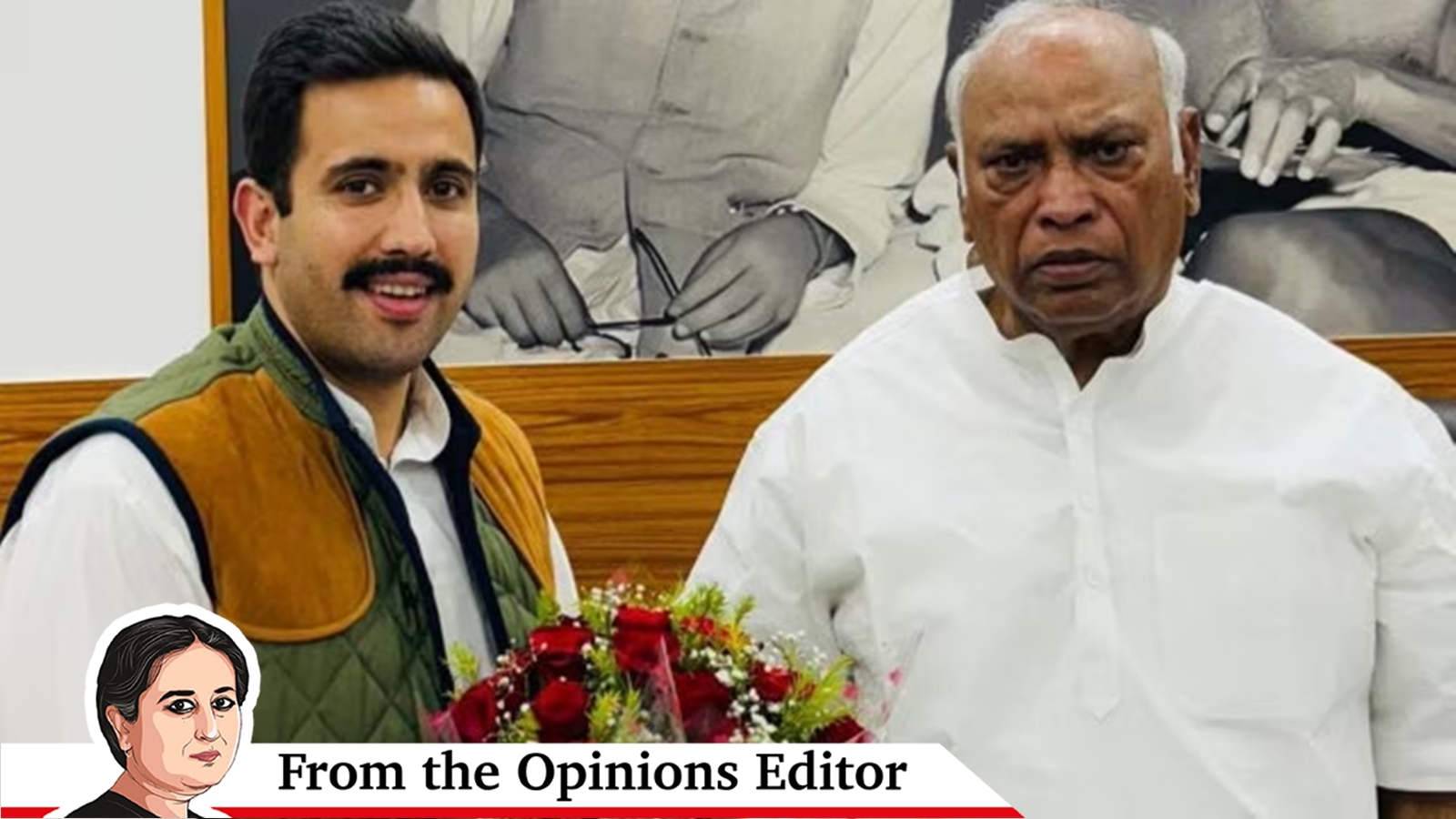In many ways, election results, the labelling of winners and losers, can give an incomplete picture, or one that is only superficially clear. The figures on the scorecard draw attention away from political realities that are often better understood as tangled processes, not as neat events and tidy turning points with cut-off dates that are well-defined.
The 2024 general election verdict has been read by many as a setback for the BJP, and as a revival of the Congress-led Opposition. There is truth in that reading. And yet, three stories this week pose issues and questions that fall somewhere in between.
In Himachal Pradesh, a minister in the Congress government announced that it would henceforth be mandatory for food stalls and eateries in the state to display their owners’ ids. Minister Vikramaditya Singh’s announcement came a day after the Yogi Adityanath government made public a similar decision in UP, sparking apprehensions of more communal dog-whistling — after all, the government’s show of concern for food safety should have led it to monitor the quality of food products, not police the identity of the owners of food businesses. A day after the Congress minister in Himachal took the cue of UP’s BJP government, however, the Congress high command conveyed its disapproval, and the Himachal government distanced itself from its own minister.
That drama can be read as the Rahul Gandhi-led high command displaying a swift clarity that has often been missing in the Congress when it comes to issues of majority and minority. This lack of Congress conviction pre-dates the BJP’s ascendance — question marks on the Congress’s commitment to the secularism it swears by go back to a time before the BJP replaced it as the dominant party — but it has been exacerbated by it. The BJP’s success in painting it as “pseudo-secular” arguably has had much to do with these Congress insincerities.
It could be said, then, that Rahul Gandhi’s attempt to recast the Congress vs BJP battle as primarily an ideological conflict, including through his emphasis on promoting “love” against “fear” during his Bharat Jodo Yatra, showed in the snub to the Himachal minister who sought to borrow from the playbook of the BJP. But the fact that the Congress high command had to step in also points to the Congress’s unfinished task if it wants to be seen as an alternative to the BJP — it must not just persuade voters, who have given it a leg-up, not a shot at power, but it must also convey the message to its own leaders and workers away from Delhi.
Despite the BJP’s general election setback, it is still the dominant party, and the onus of establishing the difference is on its rival, still. Will it fight the BJP by becoming more like the BJP, or will it work towards challenging it more sharply — that remains the question for the Congress to answer. If anything, its improved Lok Sabha tally has only framed the dilemma more starkly.
It’s also a question that the AAP needs to address and answer. Arvind Kejriwal’s party has a long way to go before it can acquire the status of the BJP’s challenger in a wider sense, for now it is limited mostly to Delhi. And, unlike the Congress, which has battled with a long-running inner ambivalence on secular-communal issues, the AAP, a much younger party, has been relatively more clear-sighted.
Its politics is a deliberate mix — it combines a pandering to a public religiosity of the Hindu majority with a performative nationalism and an ideology-agnostic solutionism. And yet, even by its own standards, the ongoing drama, inaugurated by Kejriwal passing the Chief Ministerial baton to Atishi, with its heavy Hindu mythological motifs — Atishi likened Kejriwal to Ram, and like Bharat, refused to sit on his throne, or chair; he is Laxman, says Sisodia — invites the charge that it is straining much too hard to do a BJP.
The third story — which completes the triangle of the BJP’s two opponents flattering it by mimicry — is an event, or set of events, that underlines a dismal sameness underneath the polarisation.
On Monday, the police in three states carried out three “encounters” — in BJP-ruled Maharashtra, and Uttar Pradesh, and in DMK-ruled Tamil Nadu. In all three, those killed by the police were accused of serious crimes, or were history-sheeters. But all three “encounters” also testified to the same systemic distortion that thrives on the back of the same politically sanctioned impunity. Be it on the watch of the BJP, or the DMK that opposes it, the deaths on Monday reeked of a similar police vigilantism that is allowed to get away with murder.
So, after an electoral verdict that seemed to take the BJP down and stretch the battlelines more tightly, a reminder this week, of a more fluid and messy political reality — in which the BJP is still the dominant party, the onus of proving their difference from the BJP is still on its opponents, while, at the bottom, both the BJP and its opponents are joined by similar undemocratic impulses.
Till next week,
Vandita




